Folklore to Frighten and Fascinate
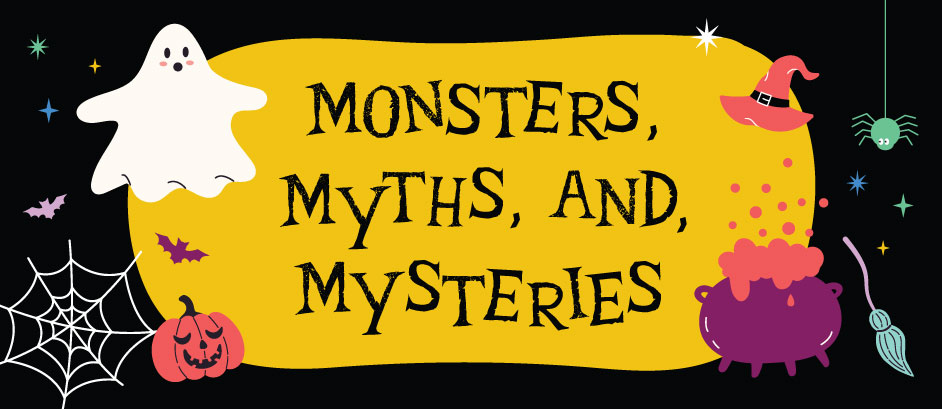
Halloween is more than just costumes and candy—it’s a time when spooky legends and fascinating folklore from across the world come alive. In every culture, folklore has been used to explain life’s mysteries and the supernatural. This season, why not bring these stirring tales into your classroom? Let students explore stories of monsters, mythical figures, and legendary heroes from around the globe. They’ll not only delve into the folklore, but also uncover the historical and cultural contexts behind these captivating legends.
From the eerie sightings at Loch Ness to the ancient forests of Sherwood, these stories can add a thrilling twist to your classroom—and might even inspire some creative costumes this Halloween season!
Loch Ness Monster – Scotland
The legend of the Loch Ness Monster, affectionately known as Nessie, dates back to 565 AD when an Irish monk named Saint Columba reportedly encountered a “water beast” in the River Ness. Over the centuries, countless sightings have been reported, the most famous being the 1934 “Surgeon’s Photograph,” which was later revealed as a hoax. While scientific evidence of Nessie’s existence is lacking, the legend continues to draw tourists to Loch Ness, hoping to catch a glimpse of the elusive creature.
Activity Idea: Have students research famous hoaxes and sightings of the Loch Ness Monster. As a class or in groups, challenge them to use scientific evidence to support or debunk each theory.
Want to catch a glimpse of Nessie yourself? Head to Scotland with your class on your next big adventure. You’ll also take a guided ghost tour of Edinburgh—be prepared to hear chilling tales of the ghouls and ghosts that haunt the city! For more folklore, don’t miss our optional excursion to a folklore show in St. Andrews, where you’ll learn about kelpies, banshees, and selkies.
Yeti – Himalayas
The Yeti, also known as the Abominable Snowman, is a mysterious creature deeply rooted in the folklore of the Himalayan regions of Nepal and Tibet. Described as a large, ape-like being that roams the snow-covered peaks, the Yeti is believed by the Sherpa people to be the guardian of the mountains. Sightings of giant footprints and eerie howls echoing through the mountains have kept the legend alive, with the first Western account of the Yeti coming from British explorer Charles Howard-Bury in 1921.
Activity Idea: Add some Halloween fun to your geography lessons by organizing a “Yeti Expedition.” Students can research real-life expeditions that sought the Yeti and map out why they succeeded or failed, considering factors like climate and geography.
Fascinated by the Yeti and the mystique of the world’s highest and most remote places? Consider a trip to Nepal, where they’ll experience local culture and hear firsthand about the Yeti legends during guided treks and visits to Sherpa villages.
Robin Hood – England
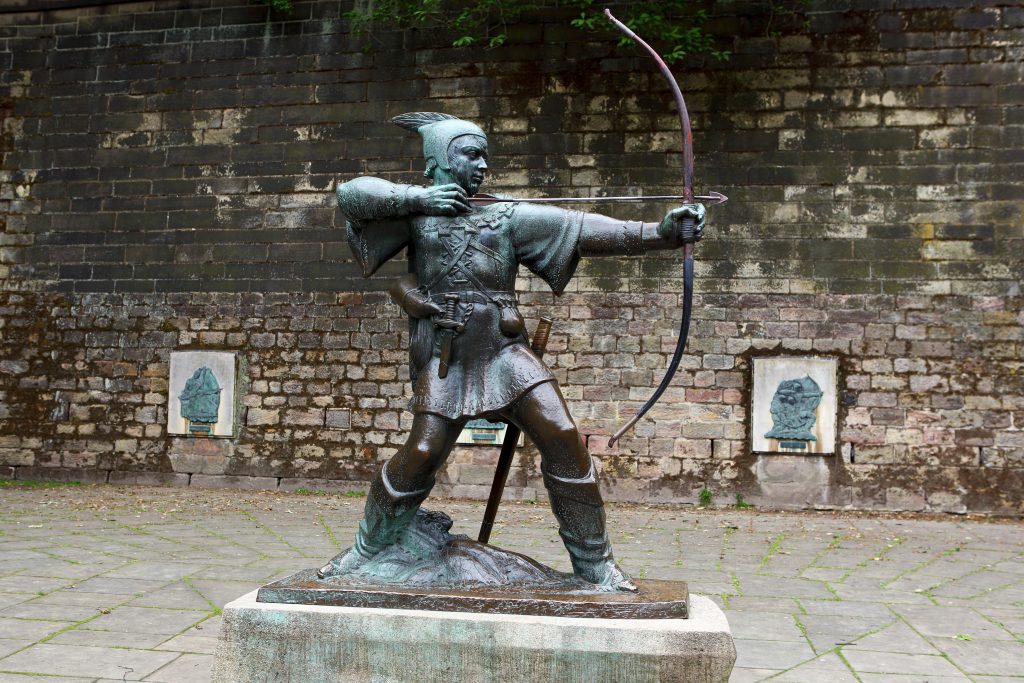
Robin Hood, one of England’s most iconic folk heroes, is a legendary outlaw known for his daring escapades and sense of justice. Set in the forests of Nottinghamshire, Robin Hood is said to have lived in Sherwood Forest with his band of Merry Men, outwitting the corrupt Sheriff of Nottingham and redistributing wealth by “robbing from the rich to give to the poor.” His legend fuels debates about whether he was a real person or simply a symbol of resistance against oppressive rulers.
Activity Idea: Watch a Robin Hood movie with your class and discuss themes like fairness, loyalty, and rebellion against injustice.
Sherwood Forest, a real place in England, is still a draw for visitors eager to walk in Robin Hood’s footsteps. You and your class can explore Nottingham Castle and Medieval life, making it an unforgettable experience. Browse our programs or customize your perfect adventure!
Bigfoot – North America
In the dense forests of North America, the legend of Bigfoot (or Sasquatch, as it’s known in Indigenous tribes of the Pacific Northwest) looms large. Said to be a towering, ape-like creature that roams the vast wildernesses of the United States and Canada, Bigfoot has been the subject of numerous sightings, strange footprints, and unexplainable phenomena. Despite many expeditions, no concrete evidence has ever been found, keeping Bigfoot firmly in the realm of mythology and Indigenous storytelling—for now!
Activity Idea: Encourage students to research Indigenous stories of the Sasquatch and discuss the significance of these creatures as well as how they vary from community to community.
Interested in exploring the wilderness where Bigfoot might roam? Join us for a guided tour through the Pacific Northwest, featuring hikes through the very forests said to be home to Sasquatch.
The Hunchback of Notre Dame – France
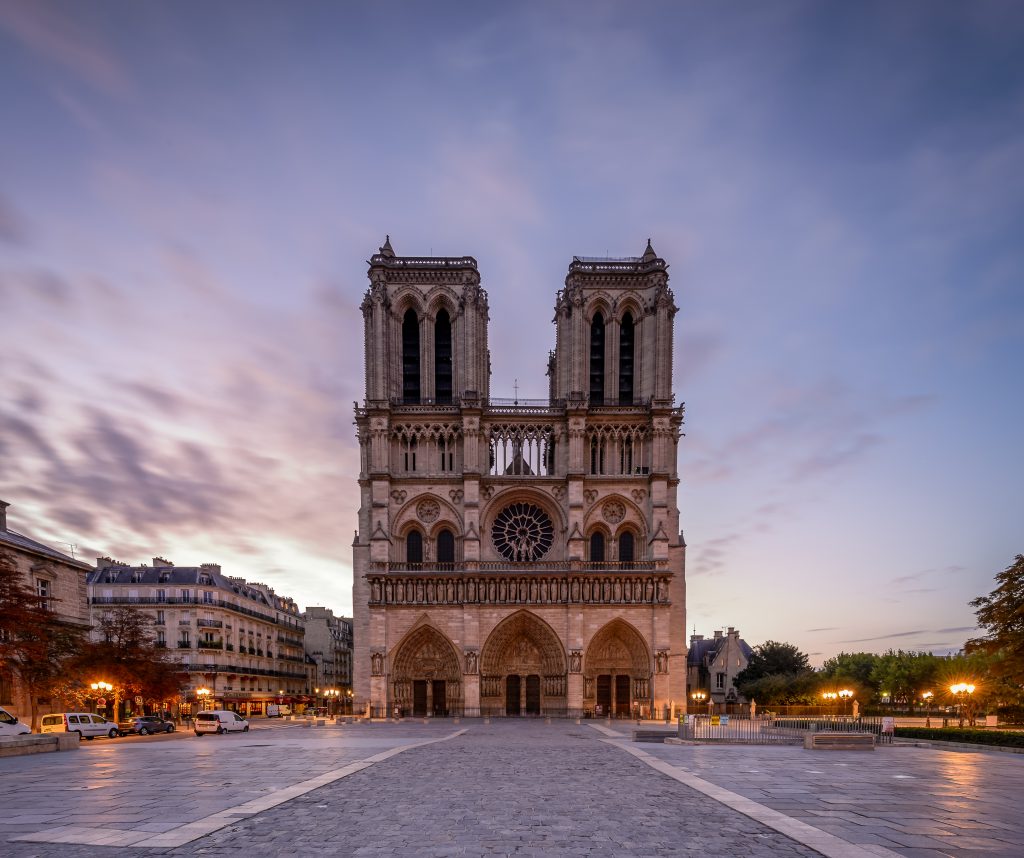
In France, the story of the Hunchback of Notre Dame tells of a tragic figure of Parisian folklore. Quasimodo, the deformed bell-ringer of the Notre Dame Cathedral, is a character immortalized by Victor Hugo in his 1831 novel. Hidden away in the towers of the cathedral due to his monstrous appearance, Quasimodo is seen as both terrifying and pitiable. His unrequited love for Esmeralda, a kind-hearted gypsy, and his struggles against societal cruelty embody the theme of beauty versus monstrosity.
Activity Idea: Introduce students to the Gothic architectural history of Notre Dame, and why it makes the perfect setting for this character and beloved tale. Alternatively, discuss the symbolism behind the Hunchback as a tragic hero in literature—one who is both feared and misunderstood.
Experience the story firsthand by visiting the Notre Dame Cathedral in Paris and exploring its rich history, including some of France’s most momentous occasions such as the coronation of Napoleon.
The Phantom of the Opera – France
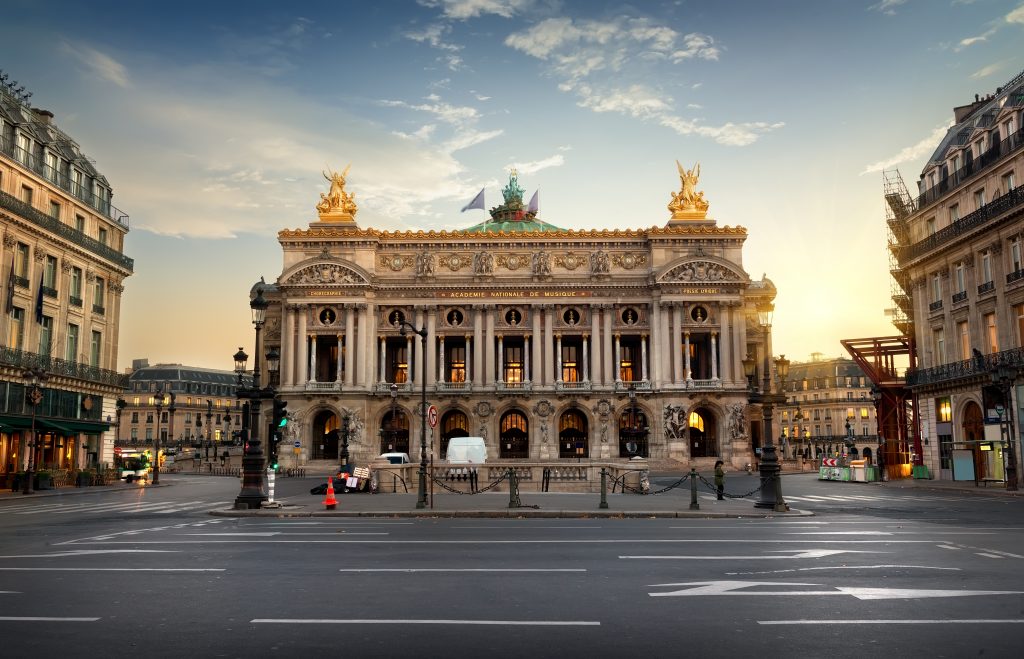
The Phantom of the Opera is a chilling figure who inhabited the eerie grandeur of the Paris Opera House. Known as the Phantom, this character is a disfigured musical genius who haunts the labyrinthine catacombs beneath the opera house, manipulating its performers and managers through fear and illusion. Legend tells of a man named Erik, cursed with a terrifying face, who fled society’s cruelty and found solace in the dark, hidden passages of the opera, where he composed hauntingly beautiful music. His ghostly presence, rumored to move through the walls and halls unseen, instilled fear and awe in those who dared cross his path.
Activity Idea: Have your students read the original novel by Gaston Leroux (alternatively, you can watch the film as a class). Facilitate a discussion afterwards, exploring the stories many themes such as romance and tragedy, fact and fiction, obsession and revenge, beauty and acceptance.
Immerse your students in the world of the Phantom by visiting the Paris Opera House—explore its opulent architecture and learn about its connection to the legendary story. While you’re there, don’t miss the chance to attend a live performance! An amazing opportunity for performance groups, check out all our performing arts programs here.
Medusa – Greece
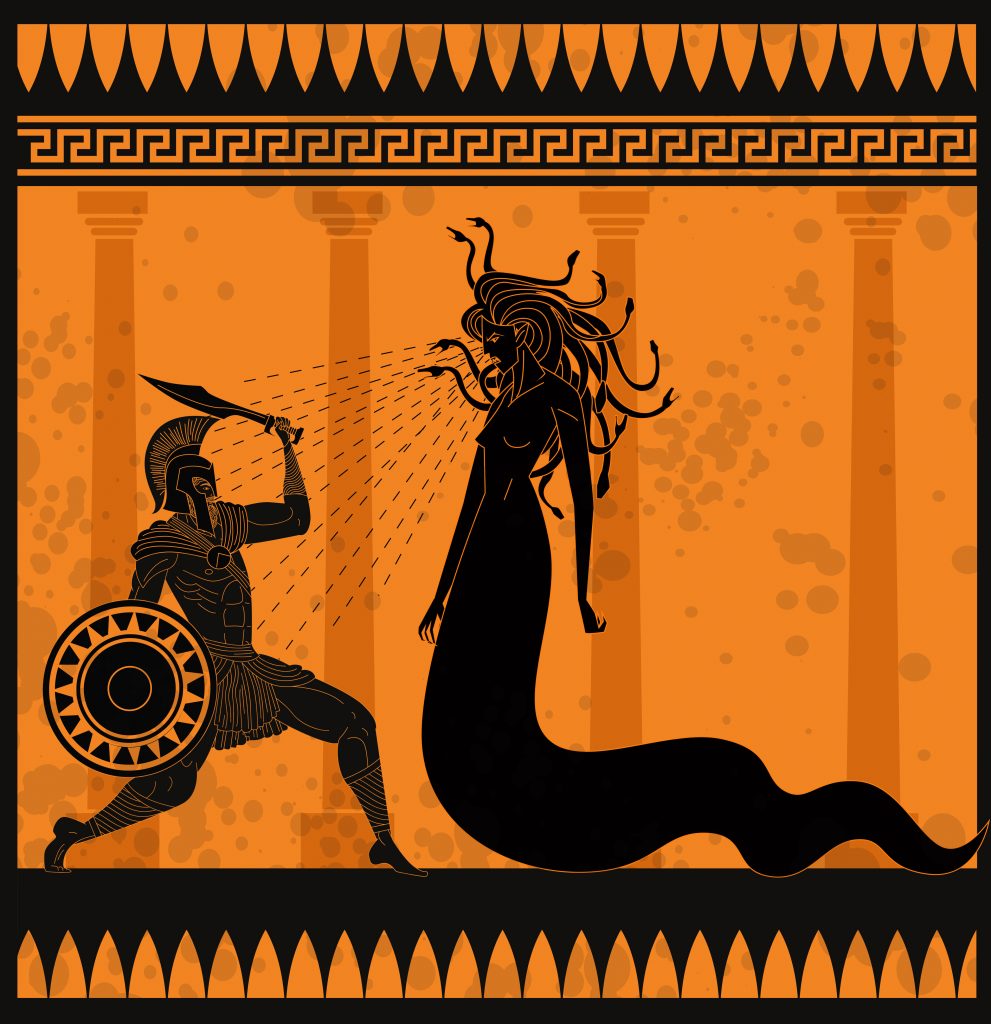
In Greek mythology, Medusa is one of the most fearsome figures, a Gorgon whose gaze could turn anyone to stone. Once a beautiful maiden, Medusa was transformed into a monstrous creature with snakes for hair by the goddess Athena as punishment for desecrating her temple. Medusa’s tragic story, along with her terrifying power, has made her a symbol of both beauty and danger in ancient Greek lore. Her legend is best known through the tale of the hero Perseus, who, with the help of the gods, beheaded her and used her head as a weapon. Medusa’s remains one of mythology’s most iconic and haunting figures, symbolizing the duality of attraction and destruction.
Activity Idea: Get your students to create their own mythological creature inspired by Greek mythology. They can illustrate it and write a short backstory explaining its powers, features, and origins.
Head to Greece to immerse you and your students in Greek mythology—there’s an endless number of fascinating figures and stories to be uncovered!
Leprechauns – Ireland
In Irish folklore, leprechauns are small, magical beings often associated with mischief and hidden treasure. These solitary fairies are said to guard pots of gold at the end of rainbows, but they are known for their trickery and cleverness in avoiding capture. Leprechauns are often depicted as cobblers, wearing traditional Irish clothing and living in the countryside, where they can be heard hammering away at shoes. Their presence in Irish culture speaks to the blend of magic, humour, and the love of storytelling that defines much of the nation’s rich folklore
Activity Idea: Channel the mischievous energy of a leprechaun by hiding “pots of gold” (think candy or small prizes) around the classroom. Students must work together to decode clues connected to Irish culture, history, and geography—from famous landmarks like the Cliffs of Moher to the myth of leprechauns guarding their treasure.
Interested in heading to the land of whimsy and mischief? Check out our Ireland programs!
Whether through costume creation, storytelling, or cultural research, this Halloween season is the perfect time to bring these global legends into the classroom. Let these mythical figures and legendary creatures inspire your students to explore the world, one legend at a time. Happy Halloween and happy exploring!


